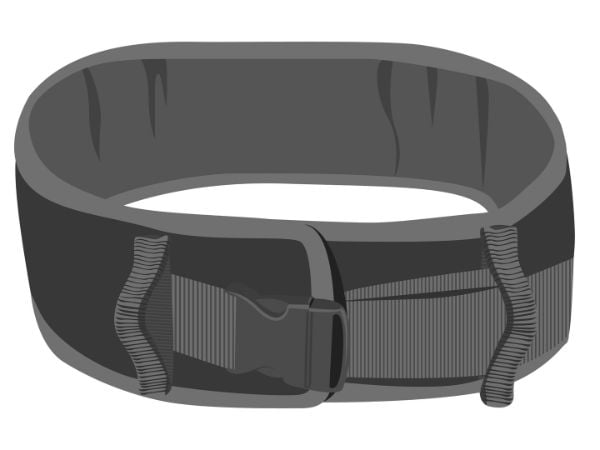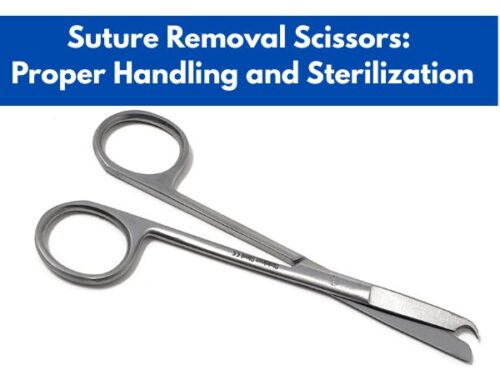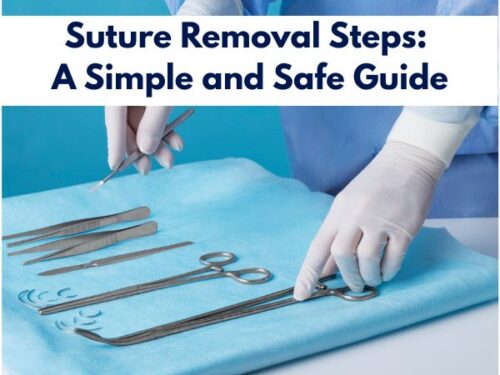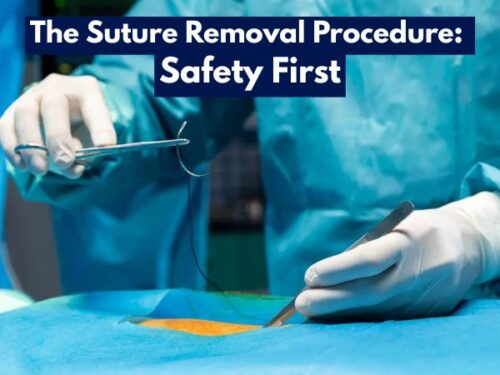Physical Therapy Gait Belts: Innovative Features for Better Care

Like many other mobility-aiding devices, physical therapy gait belts are simple yet effective tools employed for lifting elderly patients for transfer. These are securely fastened around the patient’s waist and the person is then lifted or made to stand so that transfer from one location to another can become possible. The use of these physical therapy gait belts reduces the risk of falling or tripping and thus ensures patient safety.

As these physical therapy gait belts come in different sizes and have varying features, let us go through some of the latest innovations in the product which have further increased their significance.
Innovations in Physical Therapy Gait Belts
Although the physical therapy gait belts are simple products, these have also been changed and updated with time to achieve a finer mobility aid system. Some of its exceptional features are as follows:
Introduction of Newer Types
Typical gait belts have been modified to give rise to the following types:
· Standard Lift Belts
The typical gait belts were initially between 54 to 74 inches in length with a width of up to 2 inches. However, these standard lift belts are made a little longer as well as wider than the original version. This way, the support on the patient’s back is enhanced. Being adjustable, one lift belt can fit all body sizes. In addition, the presence of loops on the belt also allows the caregiver to hold the patient firmly while walking or repositioning.
· Handle Affixed Transfer Belts
Some versions of the physical therapy gait belts are designed in a way that a vertical or horizontal handle is attached to the belt. This eases patient handling for the caregivers as they can conveniently hold the handle instead of the belt. Moreover, these transfer belts also have belt wraps which can provide support to the legs while the patient is being transferred.
· Gait Belts with Leg Support
Physical therapy gait belts also come with leg or thigh straps which bear the patient’s weight effectively along with the waist belt. These kinds of belts are best for those who find it hard to maintain body balance while changing position. Due to the presence of leg straps, the gait belt is also fixed in its place and the risk of sliding from its place is minimal.

Modifications in Metal Buckles
Buckles are an essential part of the gait belts as these secure the device in place and do not allow its opening unless the caregiver releases the belt on purpose. The following changes have been made to the buckles to increase their functionality:
· Quick Release Buckles
Typically, gait belts come with metal buckles at one end of the belt which are often nickel-coated to prevent corrosion. However, in nursing homes, hospitals, and other healthcare facilities where everything needs to be done quickly, opening and closing these metal buckles consume a lot of time. Therefore, some brands have replaced these conventional metal buckles with plastic-based quick-release buckles. These buckles are easy to use while donning and doffing the gait belt.
· Tiger-Tooth Buckles
Tiger-tooth buckles are made up of metal but have a unique design that holds the belt firmly and thus provides better control to the physical therapist or the caregiver. However, these are indeed hard to lock in place and open after use. Therefore, tiger-tooth metal buckles are not the best option when one is short of time.
· Adjustable Plastic Spring-Loaded Buckles
These kinds of buckles are easy to use and are simple enough for the patient to operate as well without any help. Their best feature is that it is very easy to clean and disinfect these buckles due to their simple design.
Easily Cleanable Designs

Another important consideration while choosing a gait belt is how easy it is to clean and disinfect it. As these are not usually single-use products, the patients are going to employ them again and again even multiple times a day. This results in the entrapment of microbes in the product which puts the patient at risk. Therefore, the following innovations have been made in the basic design to achieve easily cleanable products:
· Polypropylene Gait Belts
The conventional gait belts are prepared using cotton as construction material due to its superior features such as being extremely soft on the skin. However, cotton is neither too strong nor can it retain its shape after multiple washes. The physical therapy gait belts are made up of polypropylene instead of cotton which is easy to clean and disinfect. An additional advantage is their lower price in comparison to other kinds of physical therapy gait belts.
· Wipeable Transfer Belts
Another excellent material for constructing the physical therapy gait belts is polyurethane-coated woven fabric. The coating enhances the product in a way that its life is increased. Such gait belts are easy to wipe and can be subjected to multiple cleanings preferably after every use.
In addition, vinyl-based gait belts are also a good option, especially for use in healthcare facilities such as hospitals, clinics, nursing homes, etc. Remember that these wipeable belts can be used for more than one patient after making sure that the product has been cleaned after every use.

Takeaway
With advancing age, people often find it hard to stabilize themselves while getting up or walking and often lose balance. As a result, injuries can happen which might be hard to recover. As a mobility aid, gait belts are employed to transfer patients with mobility issues from one place or position to another.
Whether the patients need to be lifted from hospital beds or chairs or they are to be stood up for a little exercise or stretching, the need for gait belts is undeniable. These prevent injuries and also provide comfort to the patients while moving. Overall, these transfer belts are everyone’s favorite from patients to caregivers to physical therapists.
Due to their extensive applications in providing essential care to the elderly, it is best to keep a stock of these physical therapy gait belts at every healthcare facility, nursing home, hospice, etc. Hence, for purchasing various kinds of physical therapy gait belts, reliable vendors like Health Supply 770 should be approached. They ensure the provision of quality products along with satisfactory services.


















